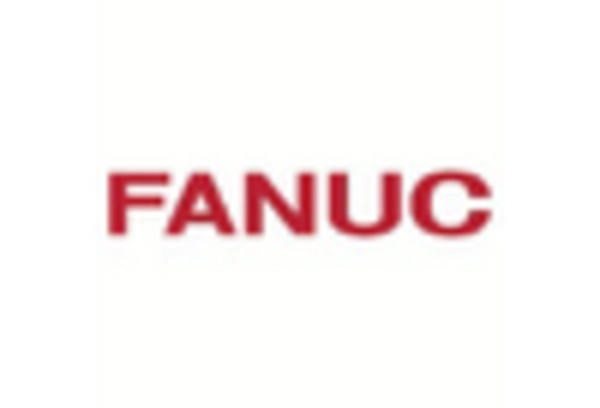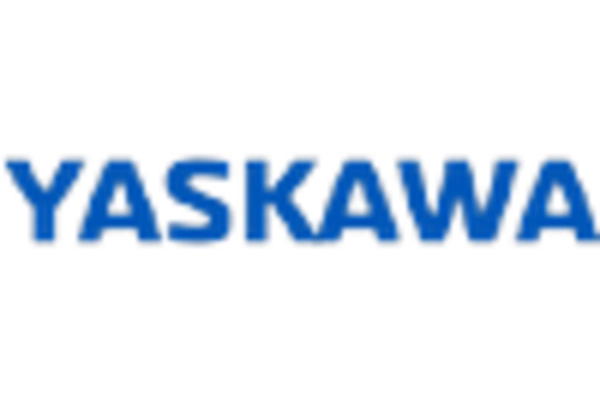Market Analysis
In-depth Analysis of China Robotics Market Industry Landscape
The Entertainment Robots Market showcases numerous opportunities that are reshaping the landscape of interactive and engaging technologies, offering unique experiences across diverse consumer segments.
One of the significant opportunities within the Entertainment Robots Market lies in the expansion of applications beyond traditional entertainment settings. Robots equipped with advanced sensors, artificial intelligence (AI), and interactive capabilities have the potential to extend their roles beyond entertainment venues. These robots can find applications in educational settings, assisting in teaching languages, STEM subjects, or providing educational content in an engaging and interactive manner. This diversification of applications presents an opportunity for the market to expand its reach and offer value in educational and learning environments.
Moreover, the potential for social interaction and companionship offered by entertainment robots presents a compelling opportunity. As the population ages and loneliness becomes a concern, robots designed to provide companionship and emotional support can address social isolation issues. Companion robots with interactive capabilities, conversational skills, and the ability to perform tasks can offer companionship to the elderly or individuals with limited social interactions, creating opportunities for robots to serve as companions or caregivers.
Additionally, the incorporation of entertainment robots in therapy and healthcare settings presents another promising opportunity. Robots designed to assist in therapy sessions, rehabilitation exercises, or providing emotional support to patients can significantly contribute to healthcare practices. The interactive and engaging nature of these robots can enhance patient experiences and contribute to improved health outcomes, especially in scenarios where human-to-human interactions might be limited or challenging.
Furthermore, the integration of entertainment robots in the hospitality and service industry offers a potential avenue for growth. Robots equipped with interactive features can serve in hotels, restaurants, or customer service environments, assisting guests, providing information, or performing specific tasks. The use of robots in service roles can enhance customer experiences, increase efficiency, and reduce operational costs, presenting opportunities for robot deployment in various service-oriented industries.
Moreover, the potential for entertainment robots in entertainment parks, events, and exhibitions offers an opportunity for immersive and interactive experiences. Robots designed for entertainment purposes, such as storytelling, performances, or interactive displays, can captivate audiences and enhance visitor experiences in theme parks, museums, or exhibitions. This opportunity expands the scope of entertainment robots beyond individual consumer applications, targeting larger audiences in entertainment and recreational settings.
















Leave a Comment